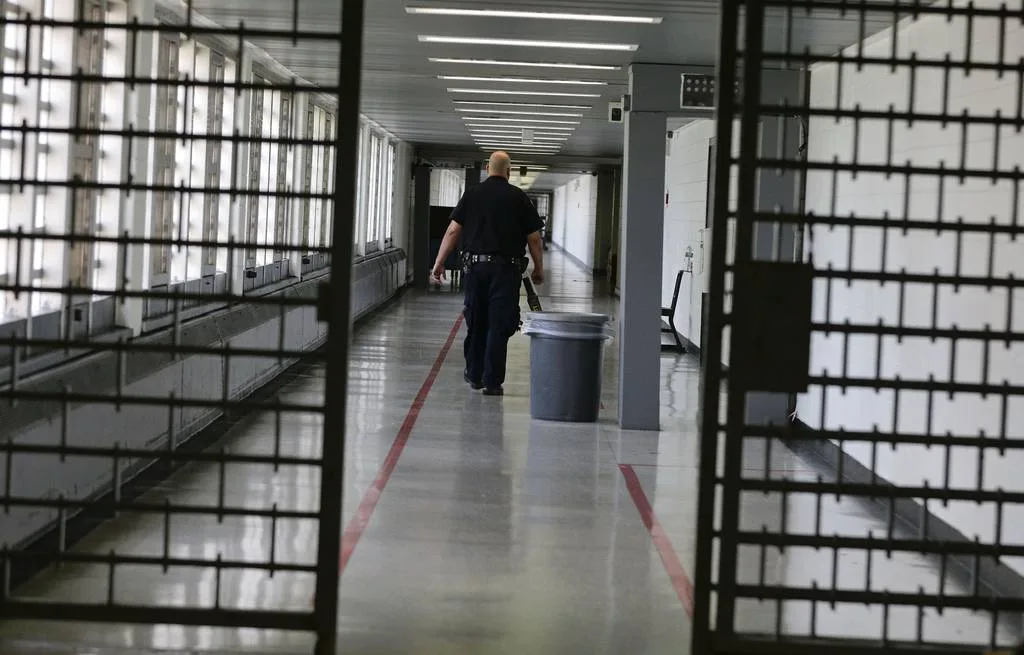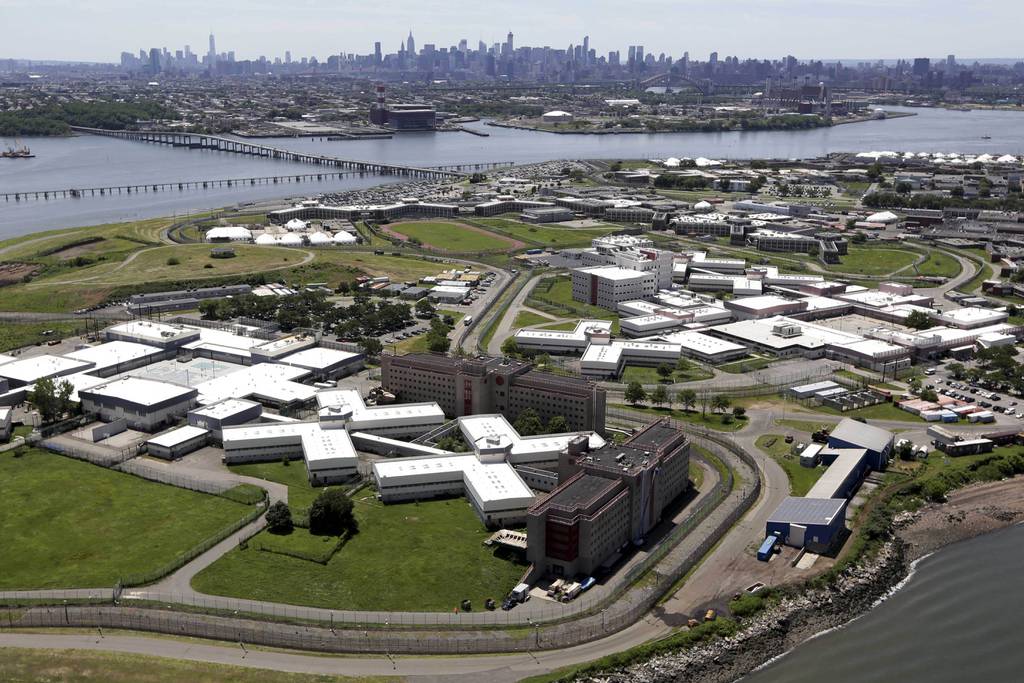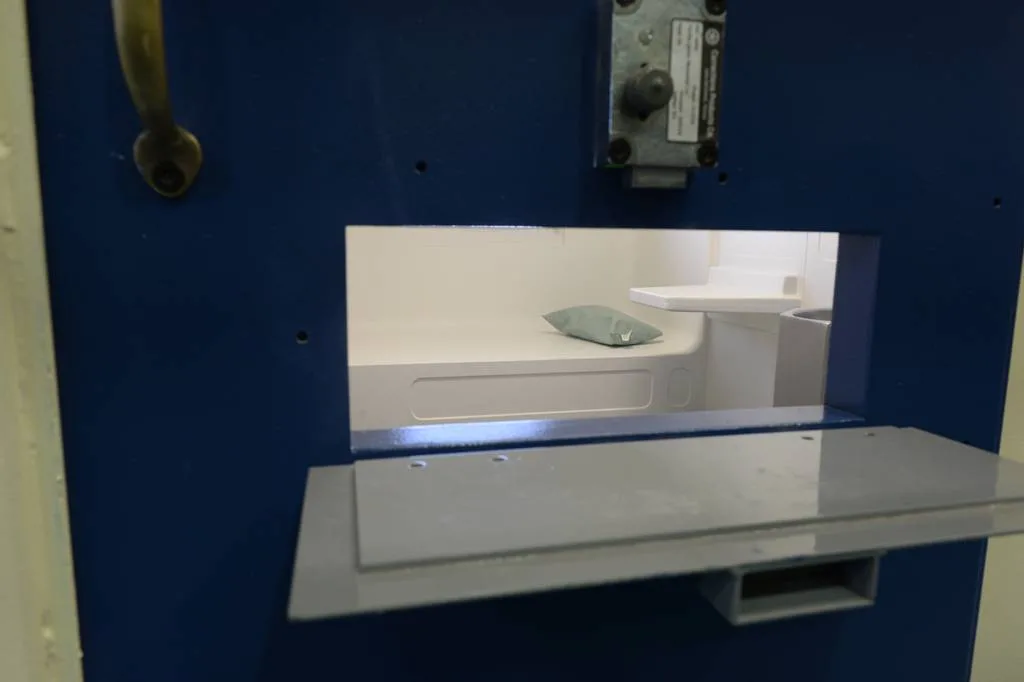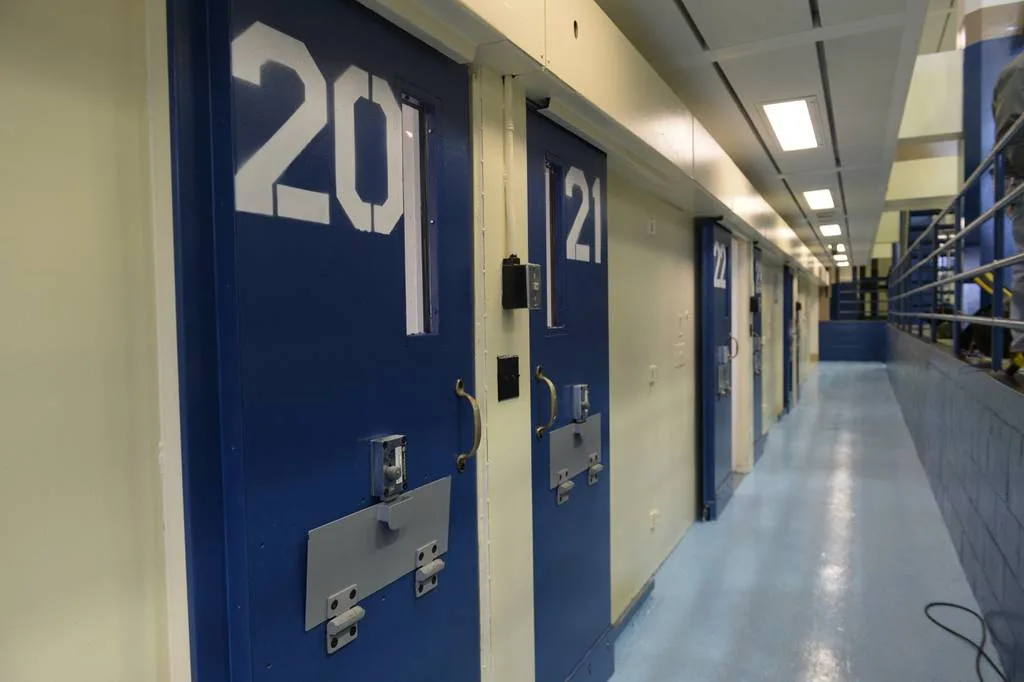When I was 16 years old, I was remanded to Rikers Island because I couldn’t pay the $1,500 bail on my shoplifting case, set by a judge who wanted to teach me a lesson. Three days later, I was stabbed four times in a grimy, overcrowded holding cell on my way to court. The staff laughed and gave me paper towels to stop the bleeding from my neck. Human dignity is not a thing at Rikers. My case was dismissed, but the punishment was in the process. The trauma from that experience hardened me. I found myself back at Rikers a few years later.
This time, I was older, and my girlfriend’s aunt was a captain on Rikers, so she made sure I was safe and treated humanely. I was handled respectfully by staff and housed in a unit where I had more freedom to move about the facility. Rikers’ food was often roach- and mold-infested, so I ordered fast food for myself and other detainees through the correction officers who reported to the captain.

I used the phone in their office to call my girlfriend and family, went to the recreation yard more often than other detainees, was provided with additional toiletries, and was able to wash my clothes more frequently. COs and I even laughed together occasionally; one, in particular, a short, muscular twenty-something-year-old Black guy who resembled Michael B. Jordan, confided in me that he felt unfulfilled by his job, demonized by the public, and questioned whether he would last 20 years until retirement. The things he and his colleagues did for me may not sound like much, but they made Rikers, a human gristmill, a little less hellish.
I always wondered what our nation’s carceral system would be like if the humane treatment I received was the norm, instead of the extremely rare exception.
Many years later, after I’d completed my sentence, I became an outspoken advocate for the closure of Rikers; I’ve been doing advocacy work for more than two decades, and a recent trip to correctional facilities in Norway has strengthened my resolve. For more than two decades, I imagined a justice system that treated people with human dignity; then I went to Norway and not only saw that vision in action but that this model of an effective, dignity-infused system is led and valued by correction officers.




Norway’s emphasis on rehabilitation and humane treatment has garnered international attention, while Rikers Island, notorious for its harsh conditions and systemic problems, has always been a beacon of hopelessness. It is an international embarrassment and has only gotten deadlier since I did my time there in the ‘90s.
I and other advocates secured a commitment to close Rikers from Mayor de Blasio in 2016. New Yorkers learned then why Rikers could not be reformed, given the poorly designed facilities due to the proximity to LaGuardia Airport, isolation from social services, dilapidated buildings, toxic land, a bloated budget, and its history of violence.
However, the timeline for closure was too long then, and now Mayor Adams’ unhurried, nebulous plans for closure make his inept predecessor look like an exemplar of leadership. The proposed new community-based jails should be much smaller, more open to volunteers and social service providers, and have a much larger emphasis on rehabilitation.
In Norway, entire cities have been built around correctional facilities, and residents are interested in what happens inside, unlike our torture island, which is out of sight and out of mind. Rikers is antithetical to the values of most New Yorkers, representing everything that is unjust, inequitable, and racist.
In fact, while most New Yorkers know that the criminal justice system disproportionately affects people of color, they don’t know the history of the island. Richard Riker, the island’s namesake, reportedly was a member of a New York Kidnapping Club that captured free Black people and turned them in for a reward. A lawyer and eventual judge, Rikers looked upon free Black people disdainfully and frequently sent free Blacks back to the slave-holding South.
Rikers Island jail was opened in 1932, a fitting legacy commemorating Rikers’ deeds. The island stands as a living monument to unchecked punitiveness and our insidious history of chattel slavery.
Norway uses solitary confinement sparingly and as a last resort, unlike Rikers where “the box” is used to punish detainees, while they seek “justice” in front of a kangaroo court. Our entire system lacks due process, with glitchy Zoom hearings and people routinely not brought to court, creating a Kafkaesque nightmare for detainees and their families.




The philosophy in Norway understands that treating detainees humanely isn’t “coddling,” it’s smart — treating people badly makes them more violent, more traumatized, and makes us all less safe. The emphasis on human dignity in Norway recognizes that treating individuals as less than human impedes their rehabilitation and perpetuates a cycle of criminality. Rikers, on the other hand, is a retrofitted factory of despair that turns even the strongest detainees — and correction officers — into the worst versions of themselves. In Norway, Rikers’ style CO-led fight clubs, drug rings, and huge contraband seizures are virtually non-existent.
Norway prioritizes individualized re-entry programs and work-release initiatives, including training people for the labor market, and ensuring they have health care, housing, and seamless access to treatment, which allows people to gradually and successfully transition back into society, compared to our mostly ineffective one-size-fits-all approach.
Rikers, even at a cost of more than $556,000 per bed per year, has limited rehabilitation resources and a handful of antiquated programmatic offerings, often leading to a revolving door of incarceration. The programming at Rikers is scant-— the much-touted “horticulture program” is barely two pots and a bucket — while distracting from the fact that kids on Rikers go to school strapped to chairs.
The Daily News Flash
Weekdays
Catch up on the day’s top five stories every weekday afternoon.
Some violent crimes have increased in New York since COVID and New Yorkers have a legitimate concern about safety. Norway’s restorative justice practices also play a crucial role in repairing the harm caused by crimes. By involving victims, incarcerated people, and the community in the resolution process, Norway fosters a sense of accountability and promotes healing. Our punitive, adversarial, and ineffective system, though, helps neither those who committed crimes nor those who were victimized by them to heal.
A recent U.S. Department of Justice Office of Justice Programs randomized control trial on a South Carolina emerging adult unit that takes from European practices, shaped by the Vera Institute of Justice, showed a 71% reduction in violent infractions, with almost 90% of corrections staff reporting improved quality of life, less stress and more professional development.
We clearly have inherent different cultural norms and a larger, more diverse, population than Norway — but in the midst of a national bipartisan reckoning on criminal justice reform and a desire to do things smarter, there are effective models from which we can draw lessons.
As I’ve moved away from the nonprofit sector and become an entrepreneur, I have devised a strategy for leveraging the real estate market to purchase more than 70 dilapidated homes, rehab them and rent them primarily to low-income tenants and people who have served time. We need this sort of ingenuity from NYC leaders when it comes to our criminal justice system.
We can come up with a million excuses for continuing to do what we’ve done for decades, or we can work towards a smaller, safer, and more effective criminal justice system that prioritizes rehabilitation, empathy, and the inherent dignity of every individual — those who are sentenced to live in these facilities and those who work in these facilities.
When I coach formerly incarcerated leaders to transform the criminal justice system, I often hear these leaders recount memories of the correctional staff who made their lives hell, beat them, robbed them, and enjoyed humiliating them and their visitors. While I have plenty of those stories too, I’m still in touch with that captain who made my time on Rikers tolerable, and I’ll never forget the role that her kindness played in my success. She often reminds me that she is equally proud of my accomplishments. It’s been decades, but back then, and even in our current system, she and her direct reports would have been disciplined for treating me like a human being. They should be commended for saving New Yorkers a lot of money and a lot of suffering.
Martin is an advocate and entrepreneur.



